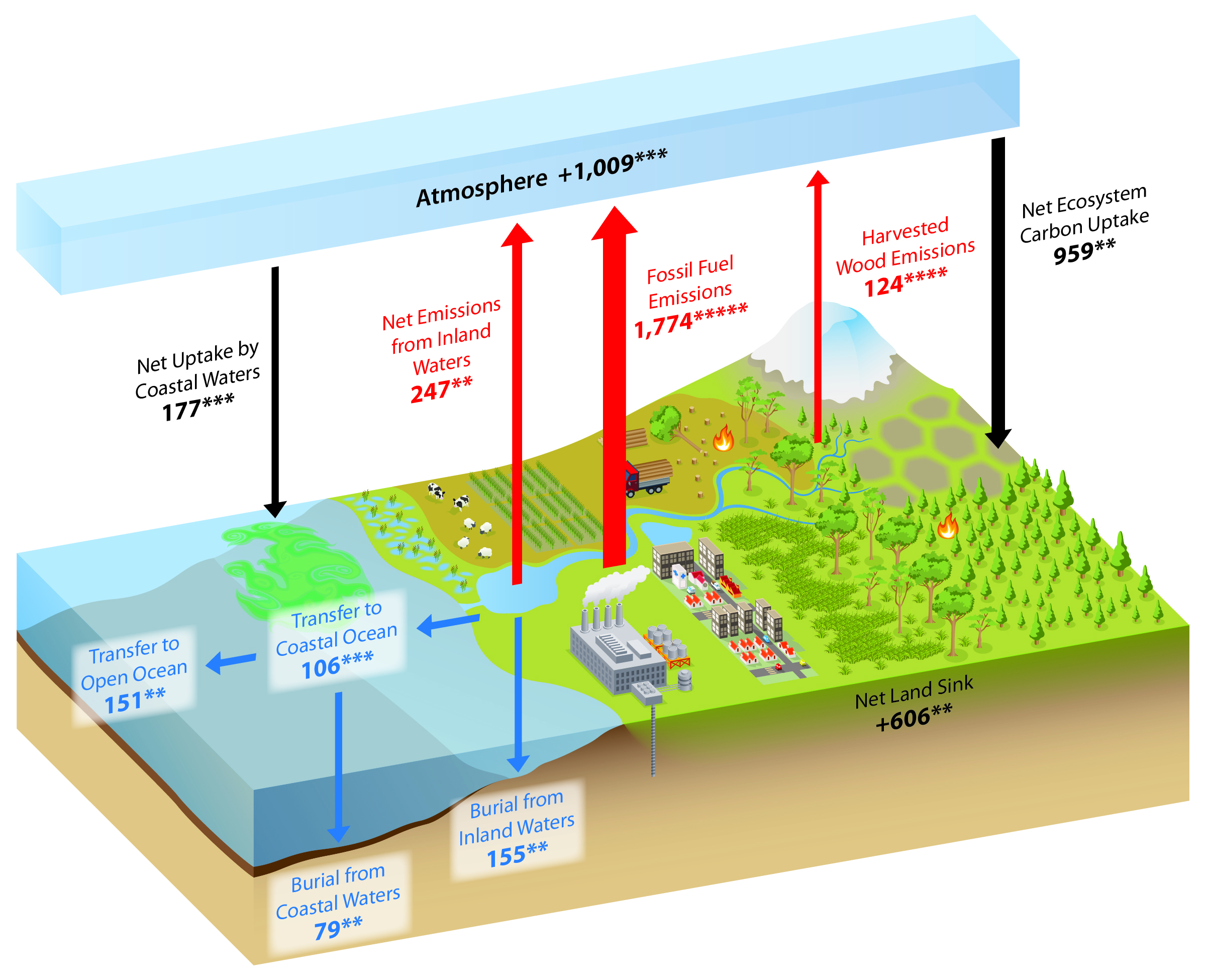
Climate-beneficial practices such as keeping the ground covered with mulches or living plants and leaving roots and soil microbe communities intact go a long way towards preventing soil erosion and allowing the land to act as a carbon sink. That’s where regenerative agriculture comes in. But if managed correctly those resources-in conjunction with dramatic reductions in carbon emissions-could tip the balance back in our favor. In fact, both of those have been disappearing because of deforestation and soil erosion due to modern day agricultural practices. On the other hand, we have other reservoirs (“sinks”) for carbon that are currently underutilized-the forests and the soil. Used with permission by Scripps Institution of Oceanography Most of this has happened since the 1950s and is continuing at an alarming rate. As a result, excessive CO2 has built up in the atmosphere-where it is warming the planet-and in the ocean-where it is acidifying that environment and harming marine life. The issue is that we have increased carbon emissions so dramatically through burning of fossil fuels and modern agricultural practices that the natural carbon cycle cannot keep up. CO2 is then released back into the atmosphere through respiration or the decay of dead organisms.
CARBON CYCLE DIAGRAM SERIES
The carbon cycle is a series of processes where carbon is converted into a form that can be used by plants and other living things through photosynthesis. Luckily for us, there is a natural mechanism-the carbon cycle-that we can work with to try to solve this problem.

Water vapor (humidity) is itself a GHG and amplifies the warming effect of carbon dioxide. One of the most significant GHGs is carbon dioxide (CO2), which not only heats up the atmosphere itself but considerably increases the amount of water vapor in the atmosphere.

Global warming/climate change is the result of heat-trapping greenhouse gases (GHGs) that are building up in the atmosphere, primarily due to human activity. Image credit: Office of Biological and Environmental Research of the U.S.


 0 kommentar(er)
0 kommentar(er)
